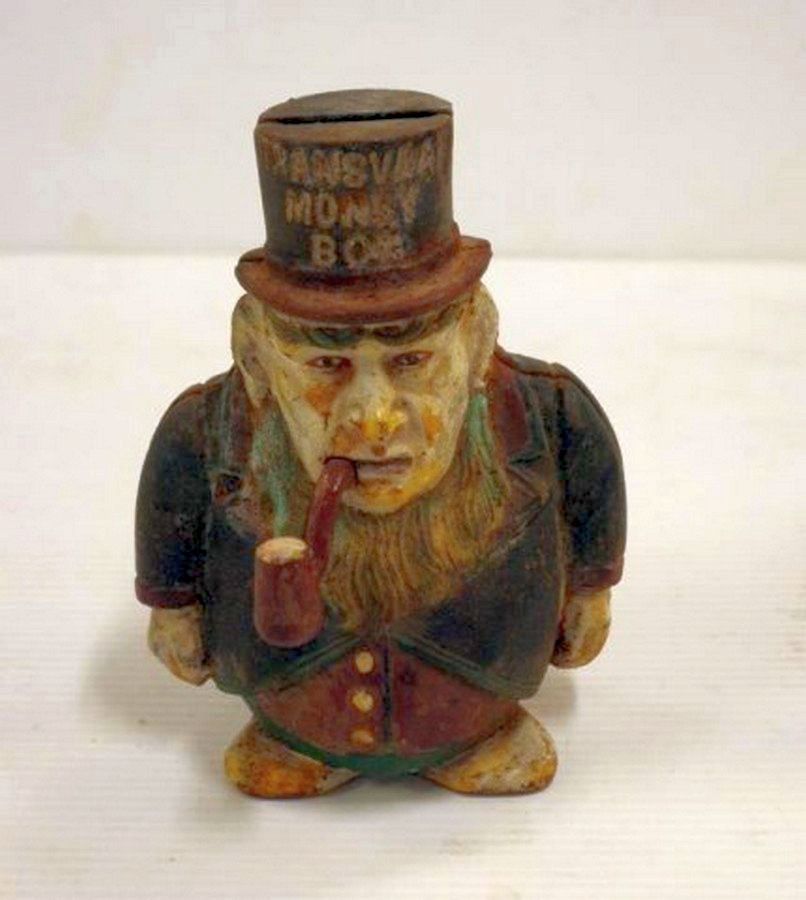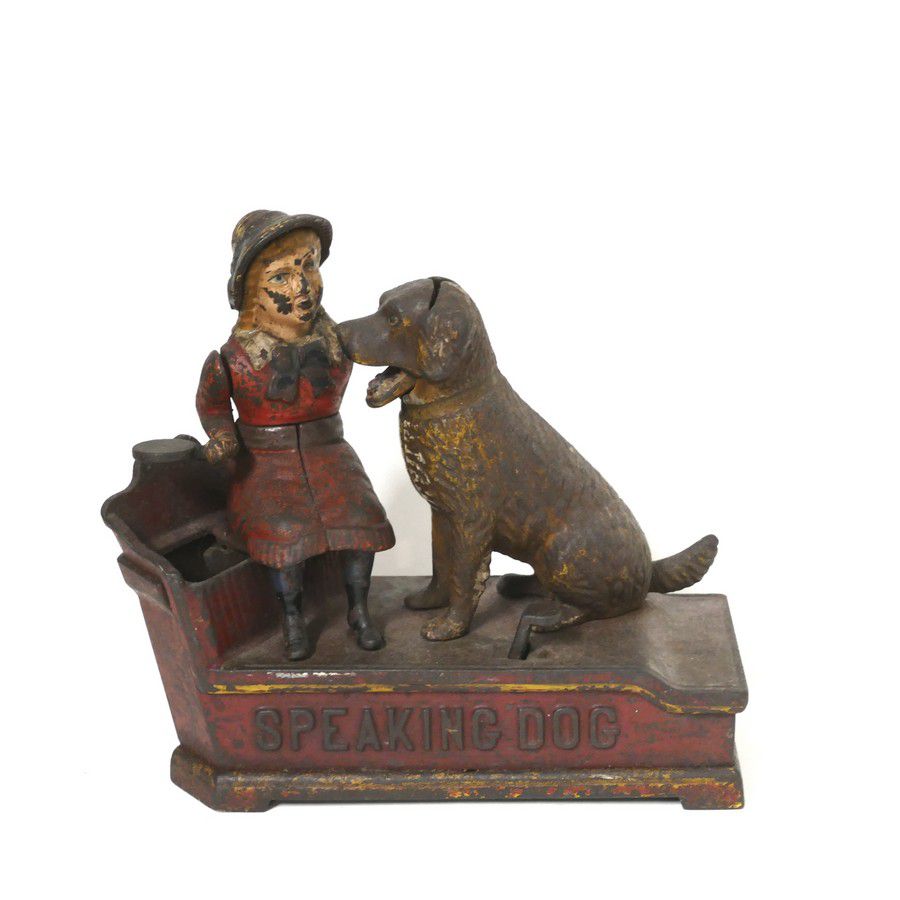

(Lodge cookware comes pre-seasoned, which is a great bonus, but it might require some upkeep over the years.) You can sear, sauté, braise, fry, and bake with it. As a material, cast iron can pretty much do it all: get really hot and retain that heat, go from the stove to oven, and hold a nonstick surface if seasoned properly. But really, if you only had to cook with this single one for the rest of your life, you’d be pretty okay. Weight: I’ve listed whether the pan is heavy, medium, or lightweight - something to consider when moving them around the stove, storing them, and cleaning them.Ĭast iron | Hand-wash and keep well seasoned | HeavyĬhoosing a best overall skillet is easier than you might expect given the vastly different categories I laid out above. For this, I’ve noted when maintenance is just a simple run through the dishwasher or a hand wash versus when there’s more to do. Maintenance: Some of these pans are meant to last a lifetime others aren’t. (The one exception is carbon steel, which you might call a cousin to cast iron.) Pretty much 100 percent of the experts I spoke with agree that a mix of cast iron, nonstick, and stainless steel or copper (which are fairly interchangeable) are all you need to make first-rate food, so those are the types you will find on this list. Material: This is so obvious it feels a little silly to say, but the most important factor in determining which skillets you need is the material. But with nearly every one on this list, you can go bigger or smaller.īest overall | Best nonstick | Best less expensive nonstick | Best ceramic nonstick | Best nonstick with high sides | Best copper | Best stainless steel | Best DTC stainless steel | Best stainless steel with copper core | Best carbon steel | Best wok One note: For consistency, I’ve mostly linked to skillets that are approximately ten inches (it’s a middle-ground size that works well for most dishes in households where you’re generally cooking for two to four people).
Cast iron money full#
But if you’re starting from scratch or doing a full-on refresh, it’s worth a full read through to make sure you end up with a well-rounded, hard-working assortment. If you’re simply looking to fill a hole in your collection and know what you want, you can jump to any section by clicking the quick links below. Do you go with a classic brand or take a chance on a newly beloved direct-to-consumer company? When it comes to such an essential tool, is it always worth it to splurge? How many skillets do you really need? There’s no one answer to each of these questions because the cookware you own should ultimately be a reflection of how you personally operate in the kitchen - something I’ve tried to help you think through here (with the recommendations of many pros, of course). And then within each type, there are a lot of options. There are, after all, several types - cast iron, carbon steel, stainless steel, copper, and nonstick.


It should be said up top: Skillets is a broad category.


 0 kommentar(er)
0 kommentar(er)
